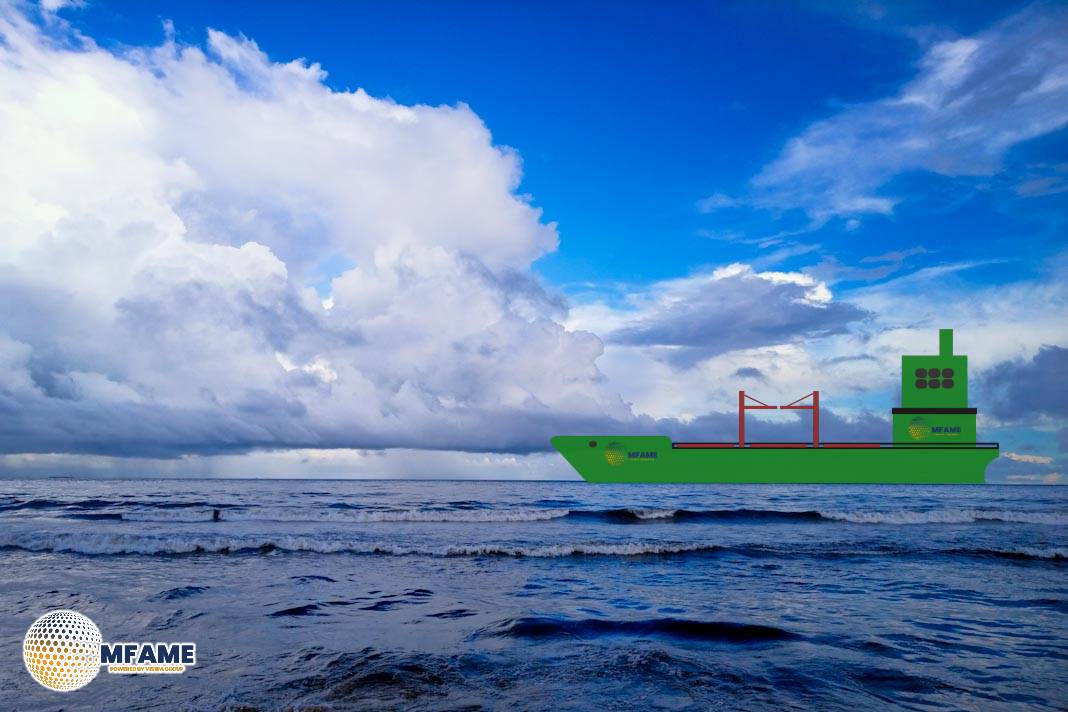National Geographic explains one of the most fascinating feats in maritime engineering — how a ship can deliberately submerge itself to carry colossal structures such as entire oil rigs. This remarkable process demonstrates the precision, safety, and ingenuity driving modern heavy-lift shipping technology, reports SAFETY4SEA.
At the centre of this operation is a special type of vessel known as a semi-submersible heavy-lift ship. Unlike conventional ships, it can partially sink by flooding its ballast tanks, allowing its main deck to go below the water’s surface. This enables massive floating structures — including oil rigs or production modules — to be carefully positioned above the submerged deck.
Once the cargo is correctly aligned, the ship reverses the process. It pumps out the ballast water, gradually lifting the deck and raising the entire structure out of the sea. When the deck resurfaces, the ship transforms from a floating dock into a carrier, ready to transport the load safely across the ocean.
This engineering process demands extreme precision and safety control. The ship’s deck must withstand enormous weight while maintaining structural integrity. To achieve this, its flat deck is reinforced with multiple beams and support layers designed to distribute loads evenly. Equally critical is ballast management — the complex system that regulates how water enters and exits the tanks to maintain perfect balance.
During loading and unloading, maintaining stability is a constant challenge. Environmental factors such as waves, currents, and wind can disrupt the delicate balance required for smooth operations. Advanced thrusters and control systems are therefore used to keep the vessel level and accurately positioned throughout the procedure.
The ability to “sink” and “resurface” at will gives these ships a unique logistical advantage. Instead of dismantling massive offshore structures, they can transport them whole — saving time, cost, and reducing risk. This makes semi-submersible vessels essential to modern offshore oil and gas projects, as well as heavy industrial transport around the world.
Did you subscribe to our daily Newsletter?
It’s Free — Click here to Subscribe!
Source: SAFETY4SEA

















